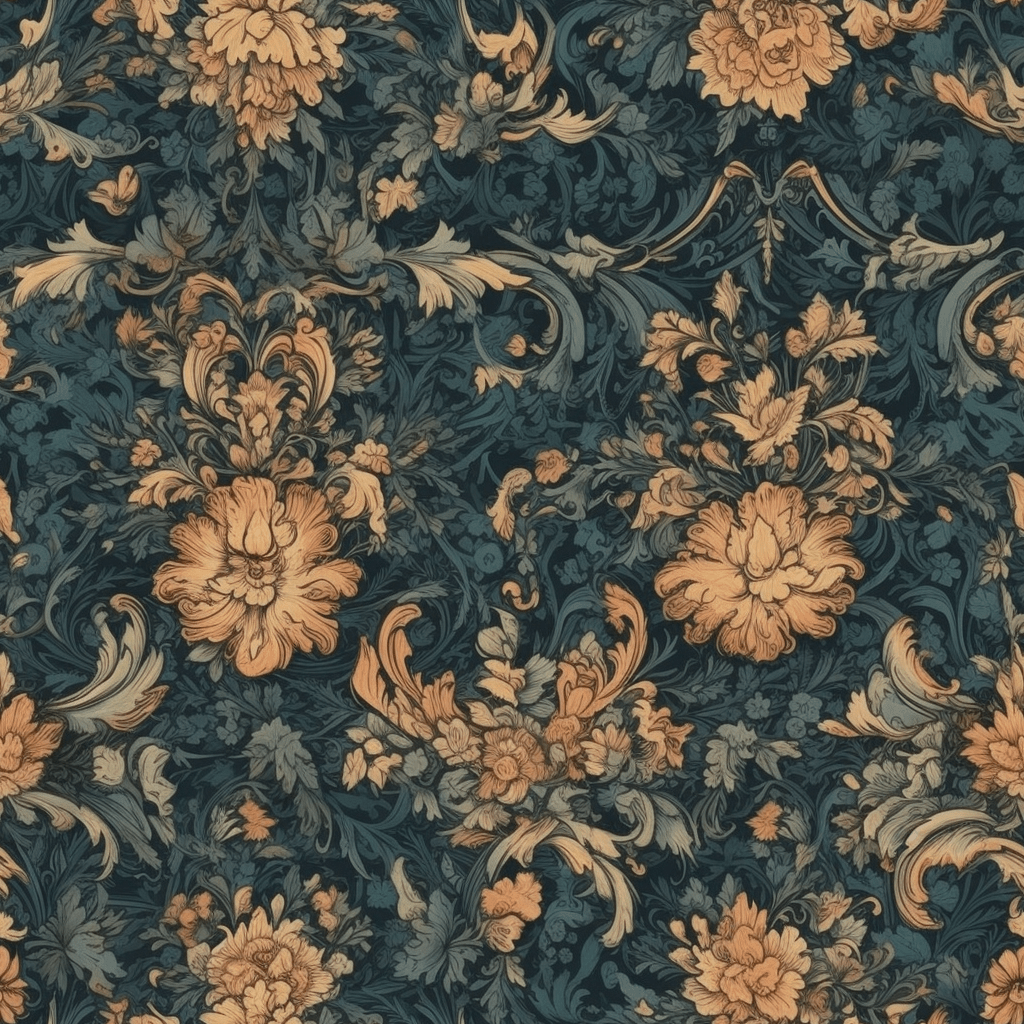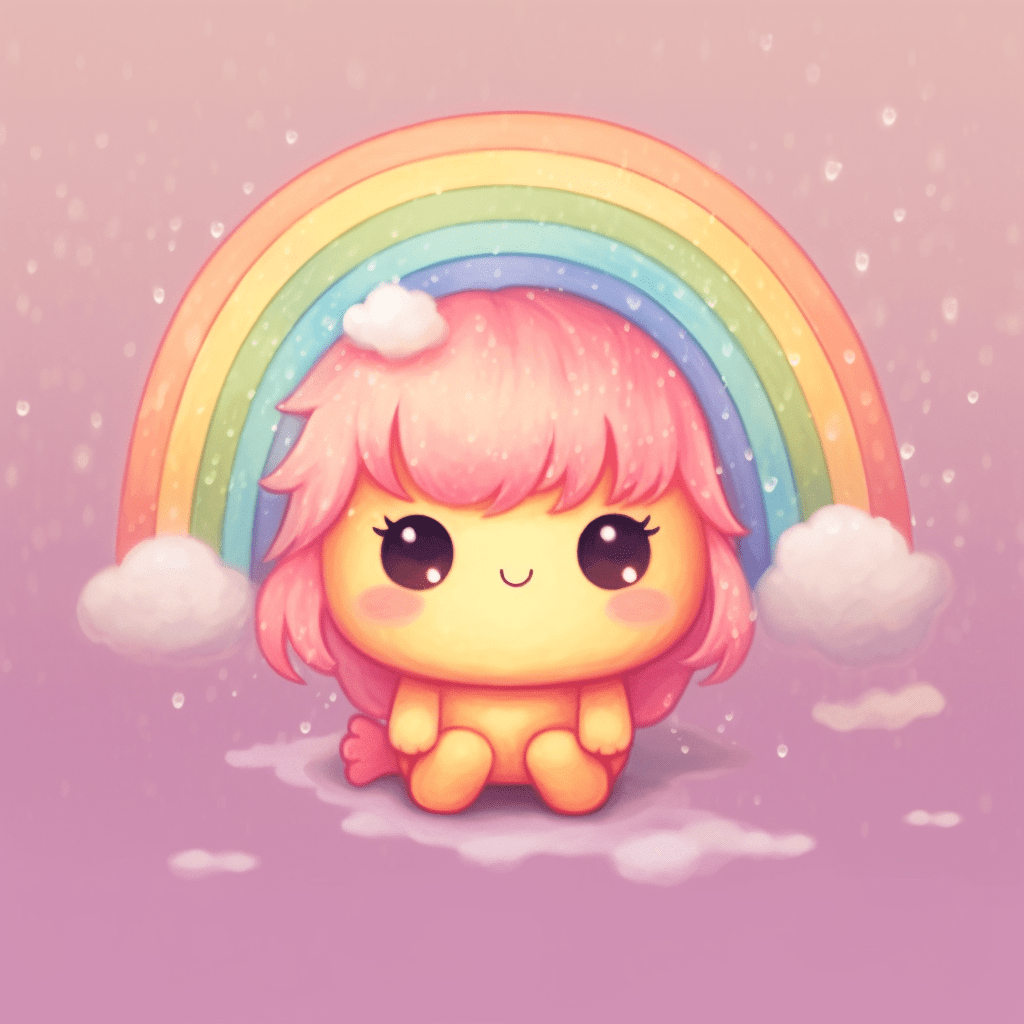The world of non-fungible tokens (NFTs) has gained massive popularity in recent years. From art and music to virtual real estate and digital collectibles, NFTs offer exciting new possibilities for creators and investors alike. If you’re looking to capitalize on this digital trend and launch your own NFT collection, you’ve come to the right place. In this guide, we’ll walk you through the steps to create and launch a successful NFT collection.
Understand the Basics of NFTs and Blockchain

Before diving into the creation of your NFT collection, it’s crucial to have a basic understanding of how NFTs and blockchains function. NFTs are digital tokens that represent ownership of unique, individual assets. These tokens are stored on a blockchain, a decentralized and secure digital ledger that records all transactions.
When someone purchases or trades an NFT, the transaction is recorded on the blockchain, proving ownership and ensuring the asset’s authenticity. This decentralized system allows for the elimination of intermediaries, reducing transaction costs and enhancing security.
Decide on Your NFT Collection Concept
Before you can launch your NFT collection, you need to decide on a concept. Consider what type of assets you want to create and the overall theme of your collection. Will your NFTs represent digital art, virtual goods, gaming assets, or something else? Ensure that your concept is unique and valuable to potential buyers.
Many successful NFT collections employ a narrative or story that ties all the assets together, which can drive interest and add value. Once you have a compelling concept, you can begin to visualize and create the assets for your collection.
Create Your Digital Assets
With an idea in mind, it’s time to create the digital assets that will form your NFT collection. Depending on your concept, this could involve designing digital artwork, creating 3D models, or composing music. When creating your assets, ensure they are of high quality and reflect the value you want to convey to potential buyers. You may want to collaborate with a professional designer, artist, or developer if you lack the necessary skills to bring your vision to life.
Make sure that you create your assets in a format that is compatible with the NFT marketplace where you plan to launch your collection. Typically, these formats include JPEG, PNG, GIF, MP4, and MP3, among others.
Choose a Blockchain Platform

Next, choose a blockchain platform to host your NFT collection. Different platforms have unique features, transaction fees, and user bases, so it’s essential to review your options before making a decision. Some popular blockchain platforms for NFTs include:
- Ethereum: One of the most popular and widely used platforms for NFTs, with a broad range of marketplaces, dApps, and comprehensive developer support. However, it has high gas fees and slow transaction times.
- Binance Smart Chain (BSC): A more affordable alternative to Ethereum, with lower transaction fees and faster processing times. It has a growing ecosystem of NFT marketplaces and dApps but is less decentralized than Ethereum.
- Flow: Purpose-built for handling NFTs and digital assets, Flow is the platform behind the popular NBA Top Shot NFT marketplace. It aims to address some of the scalability issues faced by other blockchains.
Evaluate your chosen blockchain’s compatibility with your target audience, the required technical knowledge, and the associated costs for creating, listing, and minting NFTs.
Mint Your NFTs
Minting is the process of turning your digital assets into NFTs by assigning them a unique token ID and storing them on the blockchain. To mint your NFTs, you’ll need to create a smart contract, a self-executing code that outlines the terms for the NFT transactions. This contract will define the rules for your NFT collection, such as royalties, resale conditions, and any other special functionalities.
There are NFT minting tools available on various blockchain platforms that can help you create a smart contract without the need for coding expertise. Some popular minting platforms include OpenSea (Ethereum), Rarible (Ethereum), Mintable (Ethereum), and BakerySwap (BSC).
Note that when you mint your NFTs, you’ll typically incur a fee known as gas. This fee is used to compensate the miners for processing and validating the transactions on the blockchain. On Ethereum, gas fees can be quite high, so consider this when choosing a blockchain platform for your collection.
Market Your NFT Collection

To ensure the success of your NFT collection, you’ll need to market it to potential buyers effectively. Create buzz around your collection through social media, forums, and other platforms frequented by target audiences in the crypto community. Share teasers, artwork, and news about your upcoming launch to generate interest and anticipation.
Many NFT marketplaces offer promotional opportunities that you can leverage to increase visibility for your collection, such as featured listings, banner ads, or social media shoutouts. Additionally, consider partnering with influencers in the NFT space to promote your collection to their followers.
Launch Your NFT Collection
Once you have minted your NFTs and generated interest through marketing, it’s time to launch your collection. Select an NFT marketplace that aligns with your target audience and chosen blockchain. Popular marketplaces include OpenSea, Rarible, SuperRare, and Nifty Gateway. Be prepared to pay a listing fee, which varies by marketplace.
During the launch, ensure that you’re actively engaging with potential buyers, answering questions, and providing support. Post-launch, monitor the performance of your collection, track sales, and adjust your marketing efforts as needed to achieve your desired success.
Royalties and Secondary Market
Another important aspect of launching your NFT collection is setting up the royalties for your creations. Royalties are a percentage of the sale proceeds that an artist or creator receives every time their work is resold in the secondary market. By applying royalties to your NFT collection, you can generate continuous passive income as an artist or creator.
To set up royalties, determine the percentage you want to receive from each future sale of your NFTs, usually between 10-30%. Keep in mind that royalty rates should be reasonable and competitive to avoid deterring potential buyers. Include this royalty rate information within your smart contract so that it’s automatically enforced with each secondary market transaction.
Manage and Build Your NFT Community
Launching your NFT collection is just the beginning – building and managing an engaged community is the key to sustained success. Actively interact with your collectors and fans on social media, Discord, Telegram, or other platforms where they congregate. Share updates, news, special events or rewards, and any other developments related to your NFT collection or your creative work.
As you grow your audience and engage with your community, consider launching new and exclusive NFT collections or offering limited edition releases, collaborations, or cross-promotions with other creators. These initiatives can keep existing collectors excited and attract new buyers, strengthening the value and demand for your NFT collection.
Final Thoughts

Entering the world of NFTs can be a rewarding journey and an excellent way for artists, creators, and entrepreneurs to monetize their work, attract a global audience, and gain recognition. By following the steps outlined in this guide, you’ll be well-prepared to create, launch, and promote your NFT collection. Stay committed to continuous learning and adapt to the ever-evolving landscape of the NFT space to maximize your success.
